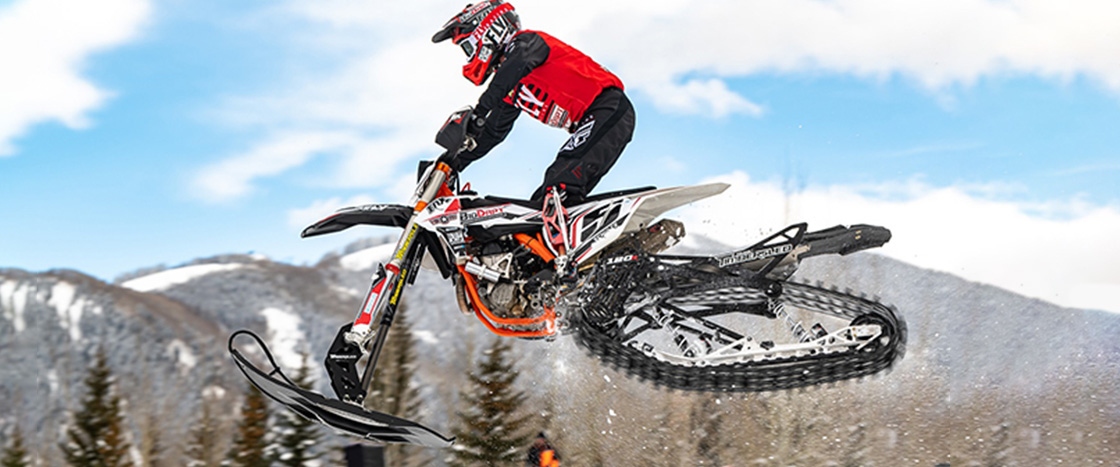Since he was a teen, Mike Schultz has competed in extreme sports. They ranged from motocross to snowbikecross, a type of winter biking. In 2008, Schultz was competing in a snocross race, in which athletes speed over courses on special snowmobiles. In a rough patch, he flew off his bike and mangled his left leg badly. Doctors had to remove it above the knee.
Mike Schultz competes in extreme sports. He’s done so since he was a teen. They ranged from motocross to snowbikecross. That’s a type of winter biking. Schultz was in a snocross race in 2008. Athletes in this sport speed over courses on special snowmobiles. Schultz hit a rough patch. He hurt his left leg badly. Doctors had to remove it above the knee.

